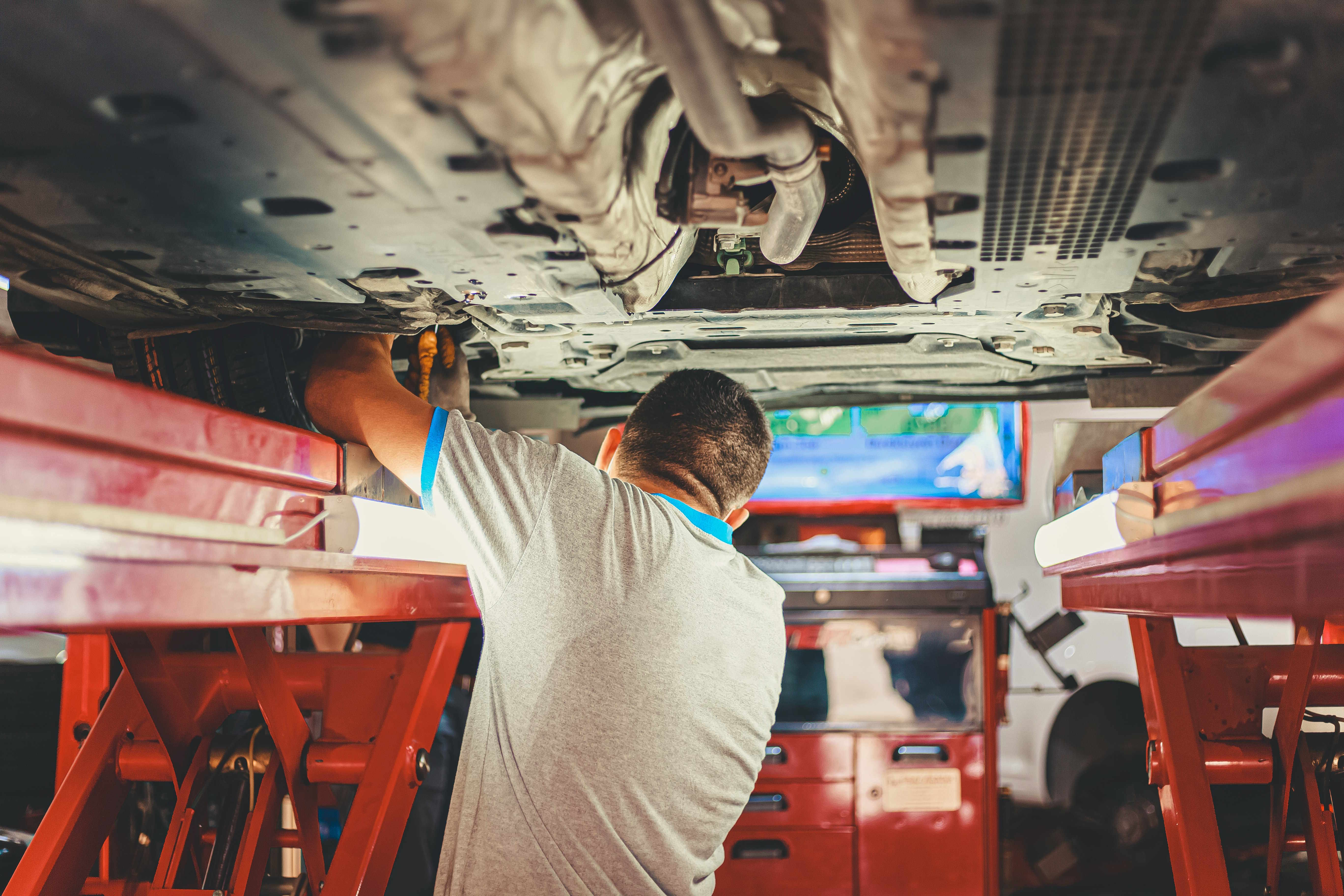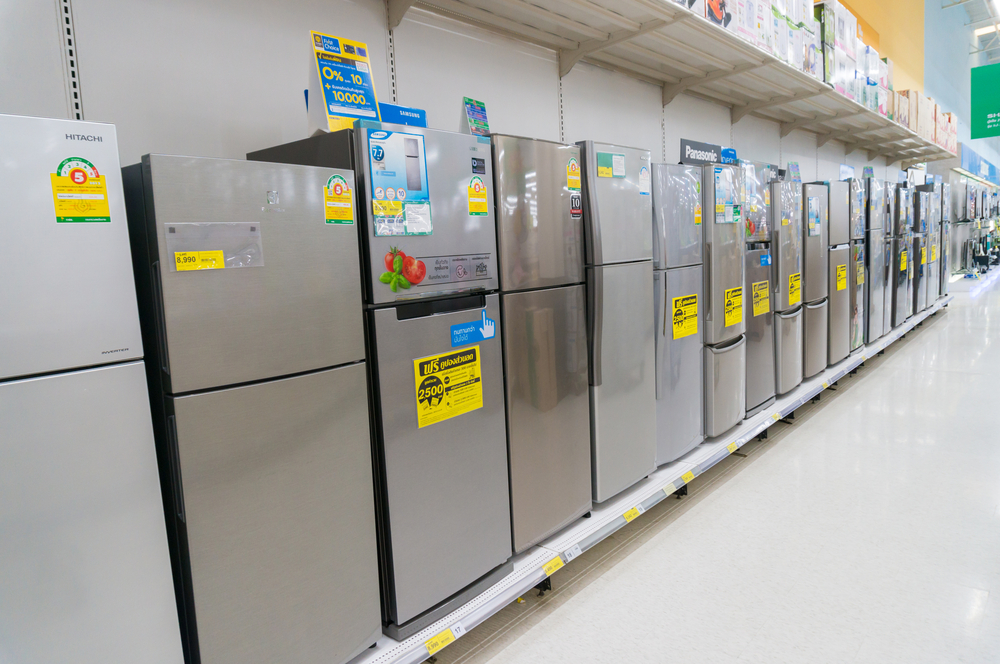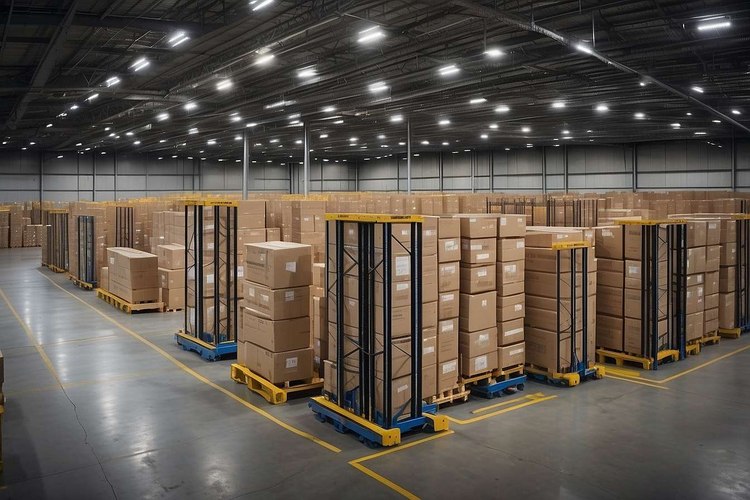Your Guide to Choosing the Right Car Scissor Lift for Your Garage or Workshop
Selecting the perfect car scissor lift requires careful consideration of your specific needs, workspace limitations, and safety requirements. Whether you're a professional mechanic or an automotive enthusiast working from home, understanding the key differences between various lift types, capacity requirements, and installation considerations will help you make an informed decision that enhances your workspace efficiency while maintaining the highest safety standards.

Car scissor lifts have revolutionized automotive maintenance by providing reliable, space-efficient solutions for lifting vehicles safely off the ground. These mechanical marvels use a scissor-like mechanism to raise cars, trucks, and other vehicles to comfortable working heights, eliminating the back strain and safety concerns associated with traditional jacks and ramps.
Modern scissor lifts come in various configurations, from portable units that store easily in home garages to heavy-duty installations designed for commercial automotive facilities. The technology has evolved significantly, incorporating advanced safety features, improved hydraulic systems, and user-friendly controls that make vehicle lifting accessible to both professionals and hobbyists.
What Key Factors to Check Before Buying: Capacity Height Footprint and Ceiling Clearance
Weight capacity stands as the most critical specification when selecting a scissor lift. Most passenger vehicles weigh between 3,000 to 5,000 pounds, but SUVs and trucks can exceed 7,000 pounds. Choose a lift rated for at least 25% more than your heaviest vehicle to ensure safe operation and account for any modifications or cargo weight.
Lifting height determines your working comfort and accessibility. Standard scissor lifts typically raise vehicles 24 to 72 inches off the ground. Consider your own height and the type of work you’ll perform – simple oil changes require less clearance than transmission repairs or exhaust system work.
Footprint dimensions affect where you can install the lift and how much garage space remains for other activities. Measure your available floor space carefully, accounting for vehicle overhang and safe walkways around the lifted car. Ceiling clearance becomes crucial when calculating total height requirements – add your vehicle’s height to the lift’s maximum extension plus safety margin.
How Different Types of Scissor Lifts Compare for Home Garages vs Commercial Workshops
Home garage scissor lifts prioritize portability, compact storage, and ease of use. Portable scissor lifts typically handle 3,000 to 6,000 pounds and can be moved when not in use, making them ideal for shared garage spaces. These units often feature quick-connect hydraulic systems and require only standard electrical outlets.
Mid-rise scissor lifts offer a compromise between portability and performance, providing 24 to 48 inches of lift height while maintaining relatively compact dimensions. These work well for routine maintenance tasks and fit in garages with standard 8-foot ceilings.
Commercial workshop scissor lifts emphasize durability, speed, and higher weight capacities. Full-rise units can lift vehicles 60 to 72 inches high, providing comfortable standing access for extended work periods. These installations typically require 220-volt electrical connections and permanent floor mounting.
In-ground scissor lifts maximize ceiling clearance by recessing the mechanism below floor level. While requiring significant installation work, these systems provide the cleanest appearance and highest lifting capacity for professional facilities.
| Lift Type | Weight Capacity | Lift Height | Price Range |
|---|---|---|---|
| Portable Scissor Lift | 3,000-6,000 lbs | 24-36 inches | $2,500-$8,000 |
| Mid-Rise Scissor Lift | 6,000-9,000 lbs | 36-48 inches | $4,000-$12,000 |
| Full-Rise Scissor Lift | 9,000-15,000 lbs | 60-72 inches | $8,000-$25,000 |
| In-Ground Scissor Lift | 12,000-20,000 lbs | 60-78 inches | $15,000-$40,000 |
Prices, rates, or cost estimates mentioned in this article are based on the latest available information but may change over time. Independent research is advised before making financial decisions.
Why Safety Proper Installation and Maintenance Matter — Keeping Your Vehicles and Workspace Secure
Proper installation forms the foundation of scissor lift safety. Professional installation ensures correct electrical connections, proper floor preparation, and adherence to manufacturer specifications. Even portable units require attention to level surfaces, adequate power supply, and proper positioning relative to overhead obstacles.
Safety features vary significantly between models and price points. Essential safety components include mechanical locks that engage automatically during lifting, pressure relief valves to prevent overloading, and emergency lowering systems. Higher-end models may include vehicle restraint systems, motion sensors, and diagnostic displays.
Regular maintenance prevents catastrophic failures and extends equipment life. Monthly inspections should cover hydraulic fluid levels, electrical connections, and mechanical wear points. Annual professional servicing typically includes hydraulic system pressure testing, safety system verification, and replacement of wear components.
Operator training remains crucial regardless of lift type or safety features. Understanding proper vehicle positioning, load distribution, and emergency procedures prevents accidents and equipment damage. Many manufacturers offer training programs or certification courses for lift operators.
Workspace organization around scissor lifts requires careful planning. Maintain clear egress paths, proper lighting, and organized tool storage. Consider the lift’s electrical requirements, ventilation needs, and integration with other shop equipment when planning installation.
Choosing the right car scissor lift involves balancing capacity, workspace constraints, safety requirements, and budget considerations. Whether enhancing a home garage or upgrading a commercial facility, proper selection and installation of scissor lift equipment significantly improves automotive maintenance efficiency while prioritizing operator safety and vehicle protection.




